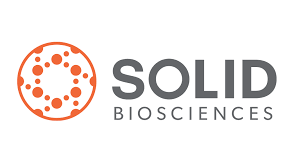
What are Conduction Abnormalities?
The arrhythmias caused by conduction abnormalities include those with the term “block” in them. Conduction abnormalities refers to abnormalities in the well-defined electrical pathways of the heart. The most significant of conduction abnormalities in DCM are:
Second- and third-degree heart block
Second- and third-degree heart block can cause abnormally low heart rates and worsening heart failure symptoms. Implantation of a pacemaker may be required.
Sometimes these abnormalities can be exacerbated by some of the drugs used to treat DCM, therefore first attempts at therapy may be to reduce the dose of these drugs (e.g., betablockers). However, it is important to keep the dose of betablockers as high as possible, and pacemaker implantation may still be the best therapy.
Examples of a normal ECG pattern and examples of first-, second-, and third-degree heart block. First-degree heart block is not discussed because it is usually not of major significance.
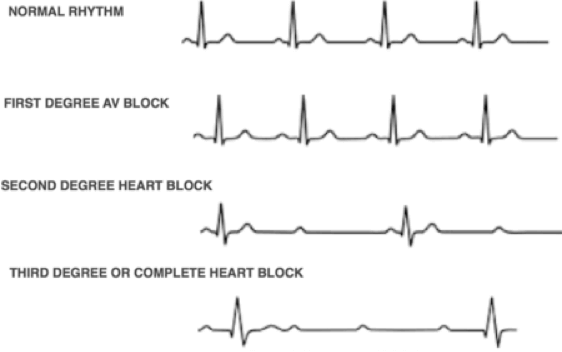
Bundle Branch Block
There are two main categories of Bundle Branch Block (BBB): Right BBB and Left BBB. As seen in the diagram below, there are two major electrical pathways in the ventricles: the right bundle and the left bundle. In BBB, the electrical signal is blocked in the right, or left bundle pathway. The electrical signal now must find ways around the blocked bundle to travel down to the ventricles and stimulate contraction (a heartbeat) of the ventricles. These delays in the electrical signal can be seen on the ECG below as Right BBB (RBBB) or Left BBB (LBBB) pattern.

The presence of LBBB can be very significant in people with DCM, especially if their ejection fraction is 35% or less. This is because the presence of LBBB can contribute to the impaired contraction of the left ventricle. The treatment for LBBB is a special pacemaker called a biventricular pacemaker.
The therapy it delivers, Cardiac Resynchronization Therapy (CRT), paces the heart from both ventricles and produces electrical signal pathways very similar to the normal conduction through the bundle branches. Studies, which have evaluated large numbers of patients, have shown that CRT improves the ejection fraction and increases life expectancy in people with LBBB and with an ejection fraction of 35% or less.
Example of a normal ECG. Notice how narrow the complexes are, which indicates the electrical signals are moving down the bundle branches normally.
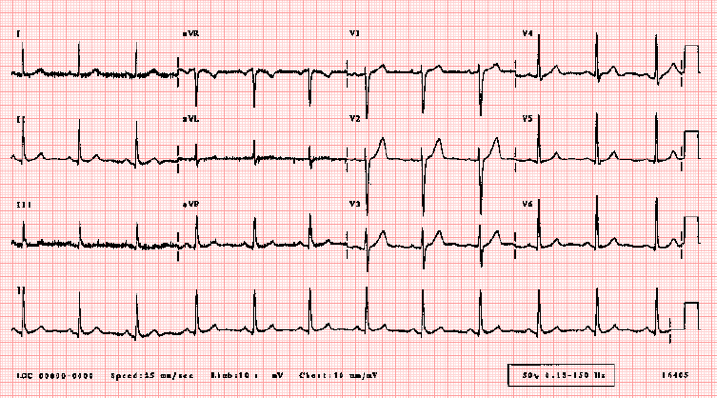
This is an example of LBBB as seen on ECG. Notice that the complexes are wide, indicating that the electrical signal is delayed. Compare this to the normal ECG above.
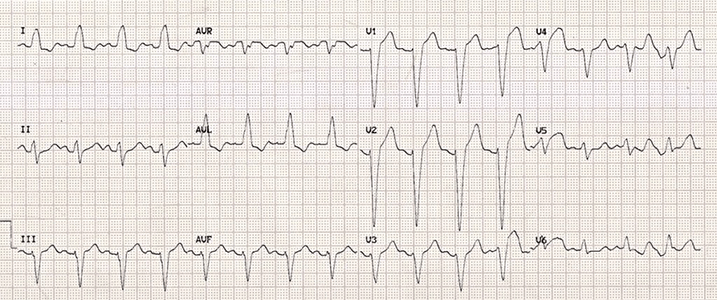
CRT is also used in other forms of heart block for individuals with DCM. It is the preferred form of pacemaker therapy for those who have second- or third-degree heart block, DCM with an ejection fraction of 35% or less, and need a pacemaker.
This image shows a biventricular pacemaker. It has three leads (electrical wires): one that paces the right ventricle, one in the right atrium and one in the coronary sinus. The usual pacemaker has, at most, two leads: one in the right ventricle and one in the right atrium.
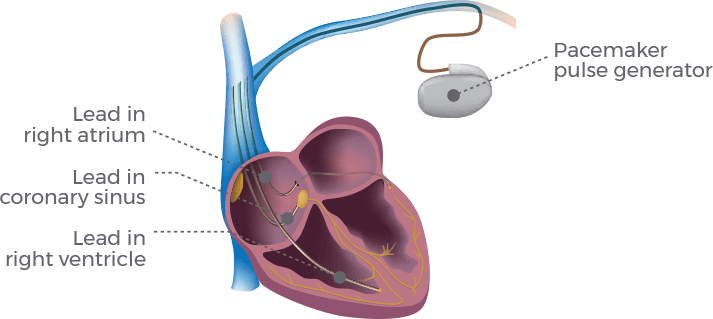
Click to Explore:
ATRIAL ABNORMALITIES
VENTRICULAR ABNORMALITIES
DCM AND COMMON ARRHYTHMIAS






